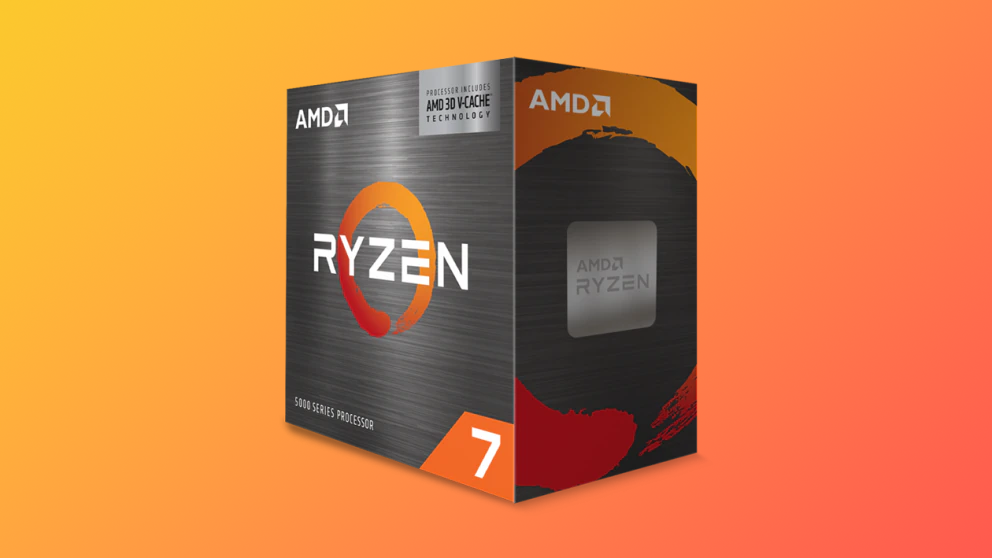AMD Ryzen 7 5800X3D review: cache money

The $449/£429 Ryzen 7 5800X3D is something a bit different from AMD, a processor that exists to demonstrate the power of the firm's 3D V-Cache design for its upcoming Ryzen CPUs and fight off Intel's 12900KS for the title of 'fastest gaming processor'. It's also something of a last hurrah for the surprisingly long-lived AM4 platform, which debuted back in 2017 and outlasted half a dozen Intel generations as Ryzen CPUs improved in leaps and bounds.
So what exactly is a 3D V-Cache anyway? Let's start with the basics. You can think of a processor's cache as a place to store data it's currently working on - a bit like RAM, but because it's inside the CPU it is an order of magnitude faster to access and an order of magnitude smaller in terms of the amount of data it can store. Modern processors typically use three levels of cache - L1, L2, L3 - with L1 cache being the fastest to access but the smallest, L2 being slower but larger, and L3 being slower and larger again. It's this third level of cache that AMD has changed, moving from a traditional 2D design to a 3D design, a stack of cache that takes up more vertical space. This allows for way more data to be stored inside the CPU at once, thus increasing the chances that the data needed is already inside and speeding up any subsequent processing.
AMD is slated to use this technology for its future Zen 4 processors, but in the here and now it's just this one special 5800X3D, an upgraded version of the Ryzen 7 5800X that launched back in 2020. Compared to the 5800X, the 5800X3D trades a bit of frequency and some overclocking controls for a significantly larger 96MB L3 cache - triple the size of the 5800X's.
Nguồn: Eurogamer